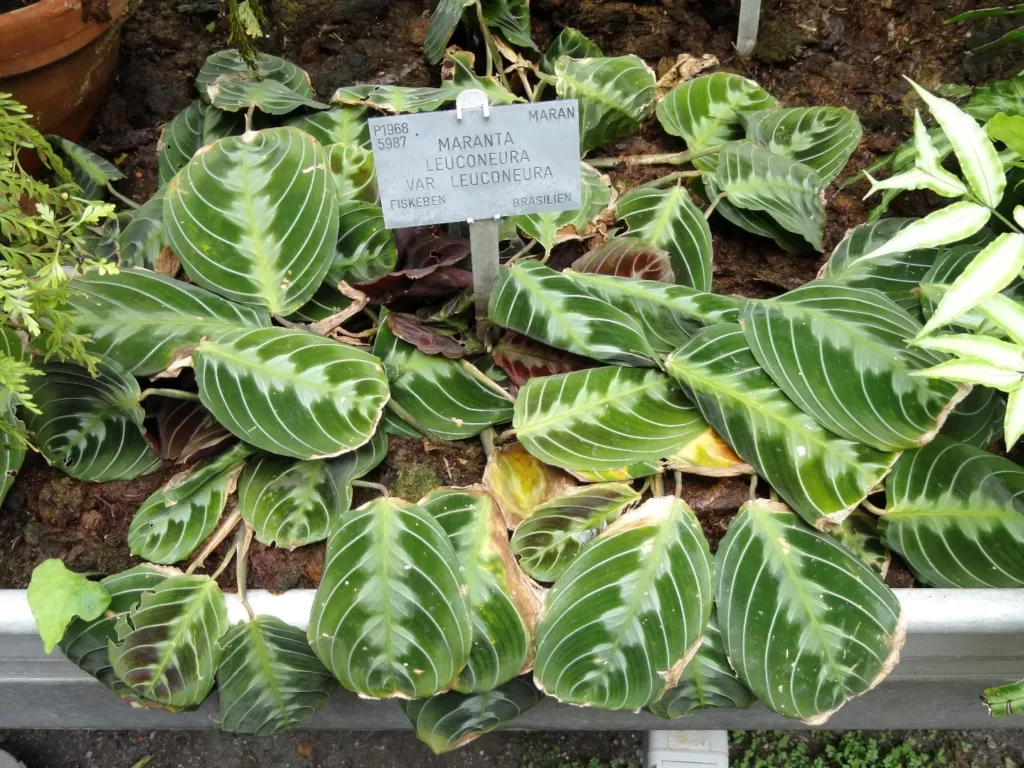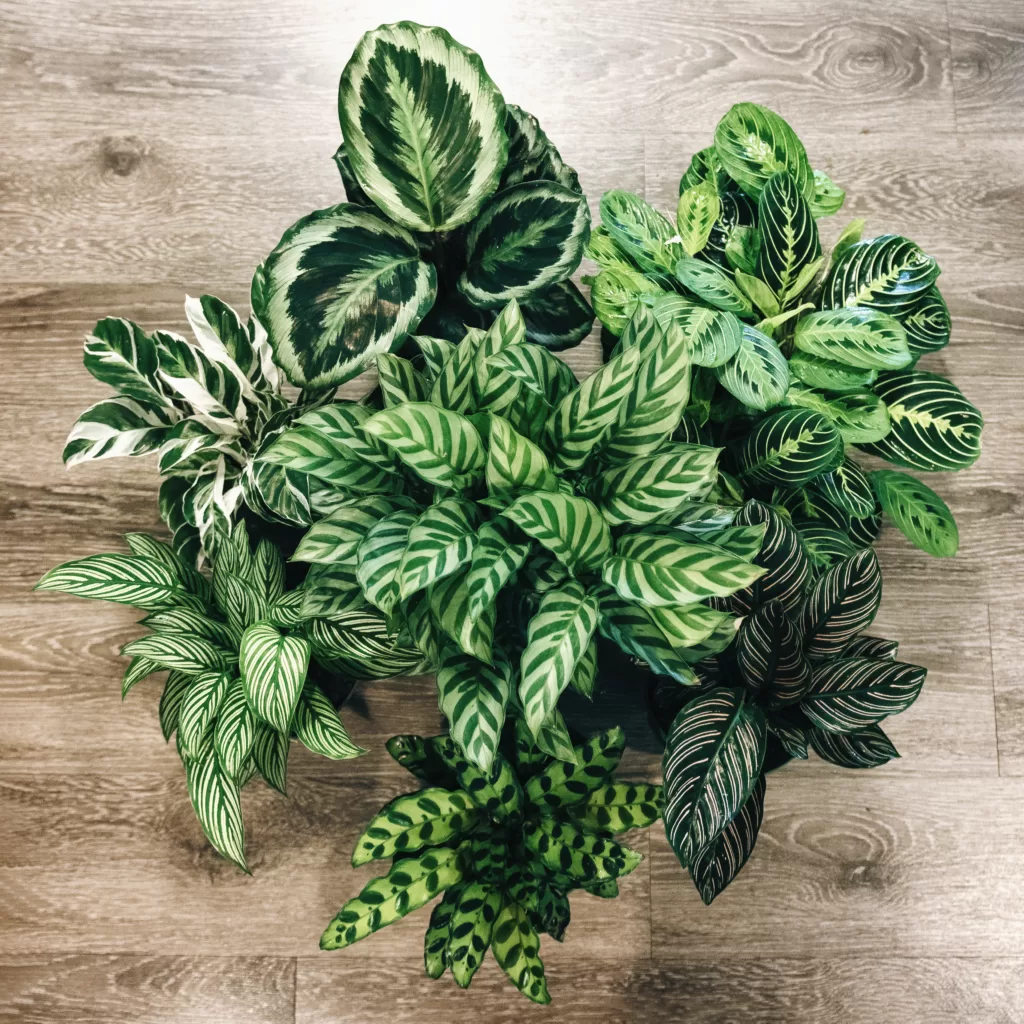How to Grow and Care for a Lemon Lime Prayer Plant

Plant lovers will find that the Lemon Lime Prayer Plant is an ideal choice for adding color and texture to their plant collection. With its striking variegated foliage, this plant is sure to draw the eye. In this guide, we will cover how to grow and care for a Lemon Lime Prayer Plant, so that you can get the most out of this beautiful houseplant.
Introduction
A Lemon Lime Prayer Plant (Maranta leuconeura ‘Erythroneura’) is a tropical perennial that is native to Brazil. This plant is known for its distinctive foliage, which consists of oval-shaped leaves with a cream-colored center and green margins. The underside of each leaf is purple in color. The foliage of this plant folds up at night, resembling praying hands, which is why it is referred to as a Prayer Plant.
The Lemon Lime Prayer Plant is an ideal choice for plant lovers due to its low-maintenance nature and ability to thrive in low light conditions. It is also known to be tolerant of temperature and humidity swings, making it a great choice for those with busy lives or who don’t have perfect conditions in their home.
Planting

When planting a Lemon Lime Prayer Plant, it is important to choose the right location. This plant prefers bright indirect sunlight, so an east or west-facing window is ideal. It can also tolerate lower light conditions, but will not grow as quickly in these environments.
Before planting, it is important to prepare the soil. The best type of soil for this plant is a potting mix with some organic matter mixed in. Make sure that the soil has good drainage, as Lemon Lime Prayer Plants are prone to root rot if their roots get too wet.
To plant the Lemon Lime Prayer Plant, simply place it in the pot so that the top of the root ball is just below the surface of the soil. Gently firm the soil around the root ball and water thoroughly.
Care

Once your Lemon Lime Prayer Plant is planted, there are some simple steps you can take to keep it healthy and thriving.
The most important thing you can do for your Lemon Lime Prayer Plant is water it regularly. This plant likes moist soil, but not soggy soil. The best way to tell if your plant needs water is to feel the soil – if it feels dry, it’s time to give it a drink. Be sure not to overwater it, as this can lead to root rot.
Fertilizing your Lemon Lime Prayer Plant once every few months is also a good idea. Use a balanced fertilizer and dilute it according to the instructions on the package.
In addition to watering and fertilizing, it’s important to control the humidity and temperature around your plant. The ideal range for both of these factors is between 65-75°F (18-24°C) and 60-70% humidity respectively. If your home does not have these levels naturally, you can use a humidifier or place your plant on a pebble tray filled with water to increase the humidity level around it.
Finally, you will want to prune your Lemon Lime Prayer Plant occasionally to keep it looking its best. Simply snip off any dead or discolored leaves with sharp scissors or pruning shears.
Pests and Diseases

Unfortunately, Lemon Lime Prayer Plants are prone to pests and diseases. Common pests include mealybugs, spider mites, aphids, and scale insects. These pests can cause damage to the foliage and should be treated as soon as possible with insecticidal soap or neem oil.
Diseases that affect Lemon Lime Prayer Plants include root rot, bacterial blight, fungal leaf spot, and powdery mildew. To identify these diseases look for discolored or wilted foliage, spots on the leaves, or powdery white patches on the leaves. Treatment will depend on the type of disease and should be done as soon as possible with a fungicide or other appropriate treatment.
Conclusion
Lemon Lime Prayer Plants are beautiful houseplants that make a great addition to any indoor space. With proper care and maintenance, these plants are sure to thrive in your home for many years to come! To ensure success with growing and caring for your Lemon Lime Prayer Plant, remember these tips:
- Plant in well-draining soil
- Water regularly but don’t overwater
- Fertilize lightly once every few months
- Control humidity and temperature
- Prune regularly
- Be on the lookout for pests and diseases
By following these guidelines you’ll be able to enjoy this stunning houseplant for many years!
Enjoy This Article? You May Also Like:






